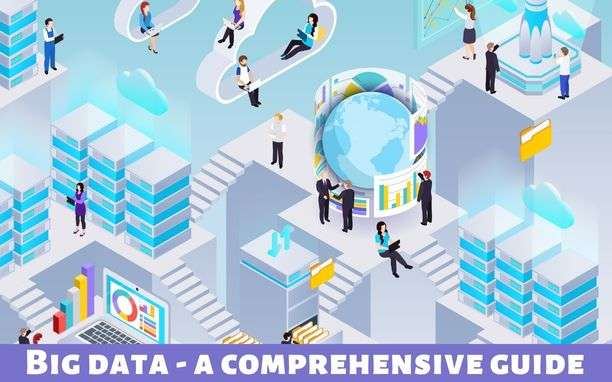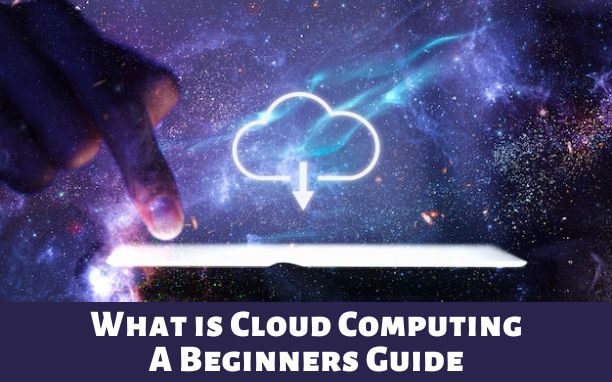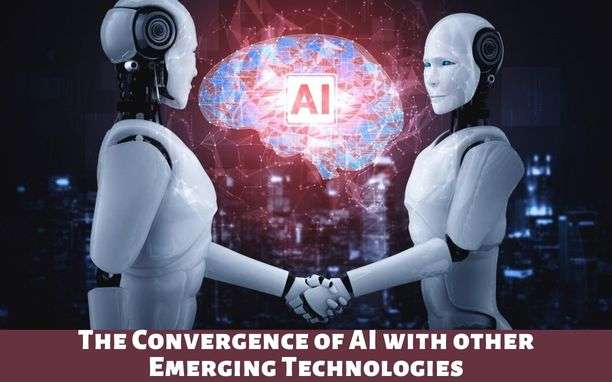Big Data is the key to finding out what you need to know about your customer, your product, and even yourself. It’s a powerful tool that can help you build trust, increase sales, and improve the customer experience to build a better brand.
In a nutshell, big data is simply a way of capturing information and using it to find meaningful insights and trends. Big data can be considered the sum of all digital and analog information collected by humans every single day of their lives. It is everywhere, including the internet, social media, and even credit card records. It is the information generated by each of our interactions, both online and offline, and the analysis of this data can reveal a wealth of insights into how we behave, what we value, how we spend money, and who we are.
In this ultimate and comprehensive guide, you’ll learn everything you need to know about how to harness the power of big data, its tools, techniques, and its benefits.
What is Big Data?
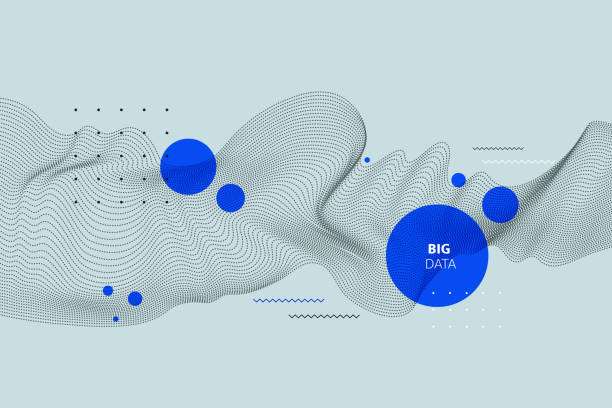
Big data is an umbrella term that refers to the collection, management, and analysis of large data sets. These can come in a wide variety of forms including structured, semi-structured, unstructured, and even social media. While the term big data has become ubiquitous, the concept itself is relatively new. The first known use of the word came in a 1973 IBM report, which described a “data bank containing terabytes of information.”
Big data is used to collect information about people, places, businesses, products, and more. There are so many different ways to use big data for our benefit. We can use it to help us plan our schedule. It can help us to find a good job, and it can even help us to find new products. There are many companies that have started using big data to create their business. Some examples of this include Google and Facebook.
Big data is simply the large amount of structured and unstructured data that is generated every day by computers, mobile devices, and sensors.
- It’s the kind of data that is created daily by the devices in our pockets and wallets.
- Data from social media conversations, tweets, messages, and likes.
- Data is generated by apps on our smartphones and tablets.
- Data from the traffic patterns we see on websites.
- Data comes from credit card transactions and purchases made on the Internet.
- Data that people are creating, sharing, and using on a daily basis. And that’s just the beginning of what big data encompasses
Basics of Big Data
There are three basics of Big Data:
1) Big Data technology:
The first thing is technology. It is important that you understand how the data you want to use has been collected. You need to find the right data that is relevant to your situation and analyze it so you can make use of the information.
2) The data itself:
The second thing is the data itself. You need to know what data you are using and how you are going to use it. You should also know how accurate the data is.
3) The analytical tools and techniques that make use of the data:
A big data analysis tool is needed to gather the data and process it. Then, you need an analytical tool to analyze the data. This involves a lot of coding, so it takes a lot of time to do this. You should always choose the right analytical tool to perform big data analysis. The tools are based on programming languages like Python, R, Matlab, and Java. It is very important to choose the right tool to do big data analysis. If you don’t, you can spend a lot of time doing this.
Analyzing Big Data
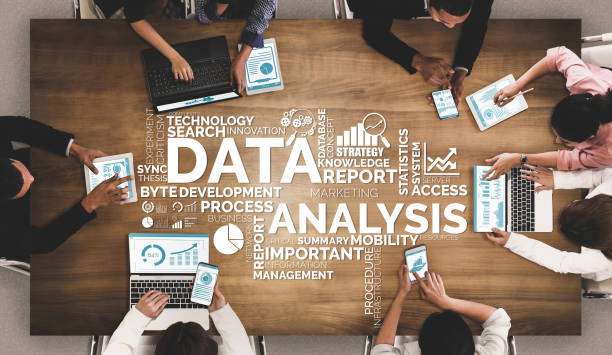
- The first step in analyzing Big Data is to get the data. This involves acquiring the information you need.
- The second step is to analyze the data. This is where the real work starts. You will find out what your data can tell you about your business or organization. Once you figure that out, you can see what actions need to be taken and what changes can be made. This is a very important step in doing anything with Big Data.
- Finally, you can use the results of the analysis to help you make decisions. This can be an effective way to make your business or organization better.
Why the World Needs Big Data (Importance)
Big data means big opportunities for companies. There are many reasons why businesses should care about big data.
The first is simply because they can make better decisions based on all the information they have access to. Businesses can get a better picture of customers, make more accurate forecasts, and increase sales.
The second reason is that the world needs big data to keep up with advances in technology. The digital age is upon us, and no one can deny its impact on our lives. To stay relevant in this new era, businesses must continually adapt to the changing environment.
The ability to create data-driven decisions means that big data is increasingly becoming a critical part of decision-making processes. Whether a company uses big data to understand customers better or improve operational efficiency, big data has become an integral part of the day-to-day decision-making processes in businesses.
The Three Pillars (Types) of Big Data
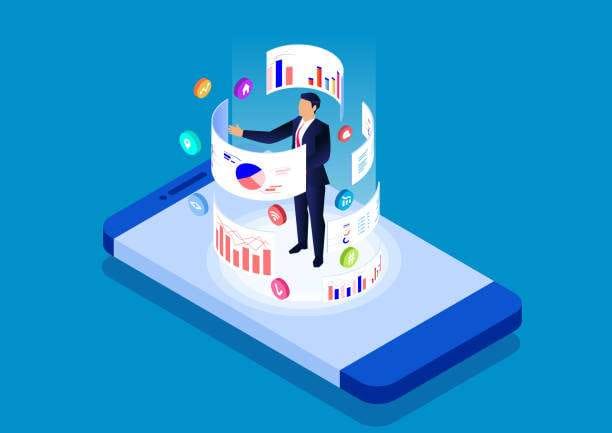
Big Data is data sets that are too large to be processed in one pass through a database management system (DBMS), especially when the data set is collected over a period of time, is changing rapidly, and/or includes multiple types of data.
There are three pillars or types of big data. These are the following:
1) Structured
One of the most common types of big data is structured big data. This type of data comes in a variety of formats and often requires a preprocessing step to prepare it for analysis. Once preprocessed, the data can be organized into rows and columns to represent a dataset.
From there, you can start looking at patterns and relationships within the data. This type of data can include email marketing data, customer relationship management (CRM) data, marketing automation data, sales force automation data, social media data, website analytics data, and any other data that can be categorized and quantified.
2) Semi-Structured
Semi-structured data isn’t fully structured. Data that is semi-structured can be thought of as being made up of a mixture of different structures, like XML or JSON. Semi-structured data is often used by the likes of Google and Facebook to create data sets to analyze trends, and patterns, or to predict future events.
To be more specific, semi-structured data is typically used for analytics and is not suitable for direct consumption by humans. It’s data that you can’t easily transform into something human-readable like a CSV.
3) Unstructured
Unstructured big data is a broad term that refers to data that is either stored on devices such as mobile phones and tablets or is stored in the cloud. It includes voice recordings, text messages, social media postings, photos, videos, and any other content that is generated, saved, or stored on these devices.
Approaches of Big Data
There are three big data approaches available to retailers today, and each comes with its own set of strengths and weaknesses. These include:
1) Big data that is collected manually.
2) Big data that is collected by sensors or technology.
3) Big data that is gathered through data mining or statistical analysis of previously collected data.
Tools and Techniques of Big Data

Analyzing data is very useful for businesses. Businesses use this to find ways to improve their products and services. For example, businesses can use this to improve their marketing strategies or their customer service. There are several tools and techniques that can be used to perform data analytics. These are known as data analytics techniques.
These can help you to analyze a large amount of data and extract meaningful insights that will drive business decisions. The three main types of data analytics techniques are descriptive analysis, predictive analysis, and prescriptive analysis.
- The descriptive analysis focuses on summarizing and describing the data set. It focuses on describing how a set of data was collected.
- The predictive analysis looks at patterns in the data that can predict future events. It involves analyzing historical data and using the results to predict how the future might play out.
- The prescriptive analysis involves trying to determine which actions should be taken to improve a situation.
Data analytics techniques are very useful for business executives. By using this method, you can help your business achieve its goals.
Characteristics of Big Data (5V’s)
While all data is big data, not all data is useful to marketers. Data needs to be collected with precision in order to be useful, and often marketers aren’t collecting the data they need.
There are five characteristics that distinguish “big data” from “ordinary” data: volume, variety, velocity, veracity, and value. The more data there is, the more it varies, and the more it comes in the form of unstructured data, the more value it holds for marketers.
1) Volume
The volume of data is one of the most significant things about big data. The more data you have, the easier it is to store and process it. Data is like a large pile of sand. The more sand you add, the bigger it gets and the harder it is to move around. Big data is the same way. When you have a large amount of data, it is easy to store and handle.
In addition, it takes less time to store and retrieve. The more data you have, the better your chances of finding something useful. The more data you have, the more options you have to explore.
2) Variety
The more data there is, the more it will vary. As a result, big data has more variety than ordinary data. This makes it much easier to process. For example, if there are 10,000 different colors, it’s going to be easier to identify a specific color than if there were only 10 colors. Big data has a lot of variety.
3) Velocity
The velocity of the data means the speed at which the data is moving. This increases every day. Data can move so fast that we may not be able to see it. Big data is constantly growing. Every day, more and more data is generated.
4) Veracity
The veracity of the data means you can trust the data because it is coming from reliable sources. The reliability of the data is determined by the quality of the information that is being collected.
5) Value
The last characteristic is the value of the data. The data can be used to produce real-time results. These results can help companies to improve customer service and increase revenues.
Advantages of Big Data
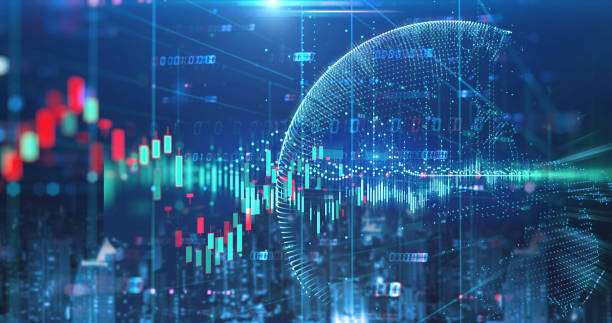
The advantages of big data are vast. Big data can provide the answers you need to make decisions that affect your business. Big data analytics can help you improve customer service, predict customer needs and patterns, and track customer behavior.
For instance, if you can predict when customers will purchase a particular product, you can better stock up. You can also identify customer preferences to better personalize your marketing efforts. The possibilities are endless.
With the rise of big data, it is clear to see why this term is becoming more and more widely used. Big data refers to any data set that is too large, complex, or diverse to be managed using traditional database technology. With big data, businesses can analyze and gain insights into a vast range of information that was previously impossible or impractical to obtain.
Applications of Big Data
Big data comes in many forms. Examples include customer purchase and transaction history, website traffic patterns, social media content, and more. It can be incredibly helpful for businesses and organizations to know exactly what consumers are doing on their site, how they’re using it, and how they’re responding to content.
The concept behind big data is straightforward: We need to be able to measure everything about the world around us to understand our own place in it. With that in mind, let’s look at some ways the technology is being used in the real world.
1) Business
Businesses are using big data to make better decisions about their products and services. It helps them to understand the customer better and make better business decisions.
2) Health
It helps doctors to make accurate diagnoses and give proper treatments. It also helps scientists to find new cures for illnesses.
3) Research of Scientists
It is also helping scientists and researchers to understand the natural world better. It helps scientists to explore space better.
4) Education
Big data is performing an important role in the field of education as many applications are working in educational departments to improve the standard of education.
5) Agriculture
Because of using of big data, the old agricultural methods are replacing with new latest methods to improve the agricultural industry.
Evolution of Big Data

Today’s consumers have very high expectations when it comes to convenience and quality of service. This makes it imperative that companies work to understand and deliver exactly what customers are looking for. Big data is the result of a process called “data mining,” which is the identification and analysis of patterns in large data sets.
This is achieved through the use of algorithms, which are automated processes that seek patterns in the data. This enables companies to identify opportunities or predict trends in their customer base.
The emergence of data-driven technologies and the proliferation of data-intensive platforms like Google and Facebook have had a huge impact on both public perception and business operations. But, according to a study by IDC, “Big Data” is still in its nascent stage, which means that some of the most useful insights about consumer behavior and decision-making processes are still to come.
For example, the technology to collect and analyze large amounts of data is improving, but there is still much room for improvement in how that data is processed and analyzed.
Challenges of Big Data
Following are the challenges, which are facing by Big Data.
Volume of Data
Data storage is becoming one of the biggest challenges. With more data being used, it’s also becoming harder to store all the data.
Quality of Data
Data quality is also a challenge. There are too many cases of poor-quality data. It is very hard to find a good dataset on the Internet.
Security of Data
One of the biggest challenges is data security. In order to secure the data, it is important to keep the information secure.
Storage Capacity of Data
Data storage is becoming increasingly difficult. The amount of data that we use continues to grow at an exponential rate. Our data is increasing so rapidly that it’s getting hard to manage all of it.
Analytics od Data
There are lots of questions related to big data analysis. Questions such as privacy, data quality, and data governance are some of the challenges faced by big data analytics.
How to Start with Big Data
The first step in big data is to make a decision that the business can do something with it. It is only through applying the data that we can make informed decisions.
Once we have made the decision, the next thing to do is to implement the systems to analyze the data.
The most important step of big data is to determine what exactly we need to be able to answer our questions because it is only by answering these questions that we can truly understand what big data can give us.
Technologies Pyramid of Big Data
To deal with the huge amount of data, the following technologies can be used to make your business at peak level.
1) Apache Hadoop
Hadoop is the most popular open-source big data software framework that’s used to manage large amounts of structured and unstructured data across clusters of computers, using large-scale storage technologies. It can be accessed over a network and can be configured to run on multiple machines. Hadoop comes with all the components needed to store, process, and query large data sets. But the key advantage of Hadoop is that it is designed to be scalable and able to support very large data sets. Apache Hadoop is a platform for scalable data processing on a large cluster of commodity hardware. It consists of services such as MapReduce, HDFS, and YARN.
2) Apache Spark
Apache Spark is a framework that allows us to run applications on the distributed data stored on Hadoop clusters. It can be used to process data in real-time in a wide variety of settings from large-scale social networks, e-commerce sites, data-intensive search engines, and even genomics research.
3) Apache Kafka
Apache Kafka is a highly scalable real-time data streaming platform designed to scale to millions of messages per second while maintaining high availability. In its early days, Kafka was used primarily for back-end applications such as log collection, web crawling, real-time analytics, and batch processing, but today it is increasingly being used for microservices and mobile apps.
4) Apache Hive
Apache Hive is an open-source SQL/Hadoop implementation that allows programmers to access Hadoop using SQL syntax. Apache Hive is similar to Microsoft’s Microsoft SQL Server in that it provides an interface that allows users to perform database operations using the familiar SQL syntax.
5) Apache Cassandra
Apache Cassandra is a distributed, fault-tolerant, schema-free NoSQL database that has been designed to handle large amounts of data. It has been used in various settings such as web applications, real-time systems, databases, document management, grid computing, and social networks. The main features of Apache Cassandra include a schema-less, flexible data model, strong consistency, and high availability.
How Big Data Will Change the World
As big data continues to change the world around us, people are realizing that the opportunities and challenges to come won’t be met by traditional ways of thinking. Today’s consumers want to know how they’re being tracked and how personal data is being used to influence their decisions, and they want to have the power to control the flow of their information.
We’ve seen the impact of big data on every aspect of our lives — from retail to education, social to the workplace — and we can expect this to continue to be a transformative force as it evolves over the coming decade.
Bottom Lines
In conclusion, big data is a huge buzzword in the technology space and beyond. However, many people who hear the term seem to think that big data means big problems, bigger data centers, or huge datasets. But, really, the biggest opportunities lie in the use of large data sets to provide real-time insights and actionable business decisions.
In fact, in recent years, we have seen companies take advantage of data at an unprecedented scale, with Amazon, Facebook, Google, and Twitter leading the way. As these businesses have learned how to better utilize the data that they have, it has opened new doors for others to follow.
In a fast-moving digital world, the smartest companies understand that every bit of data that they collect and analyze provides insight into their customers and how they interact with their brands.

